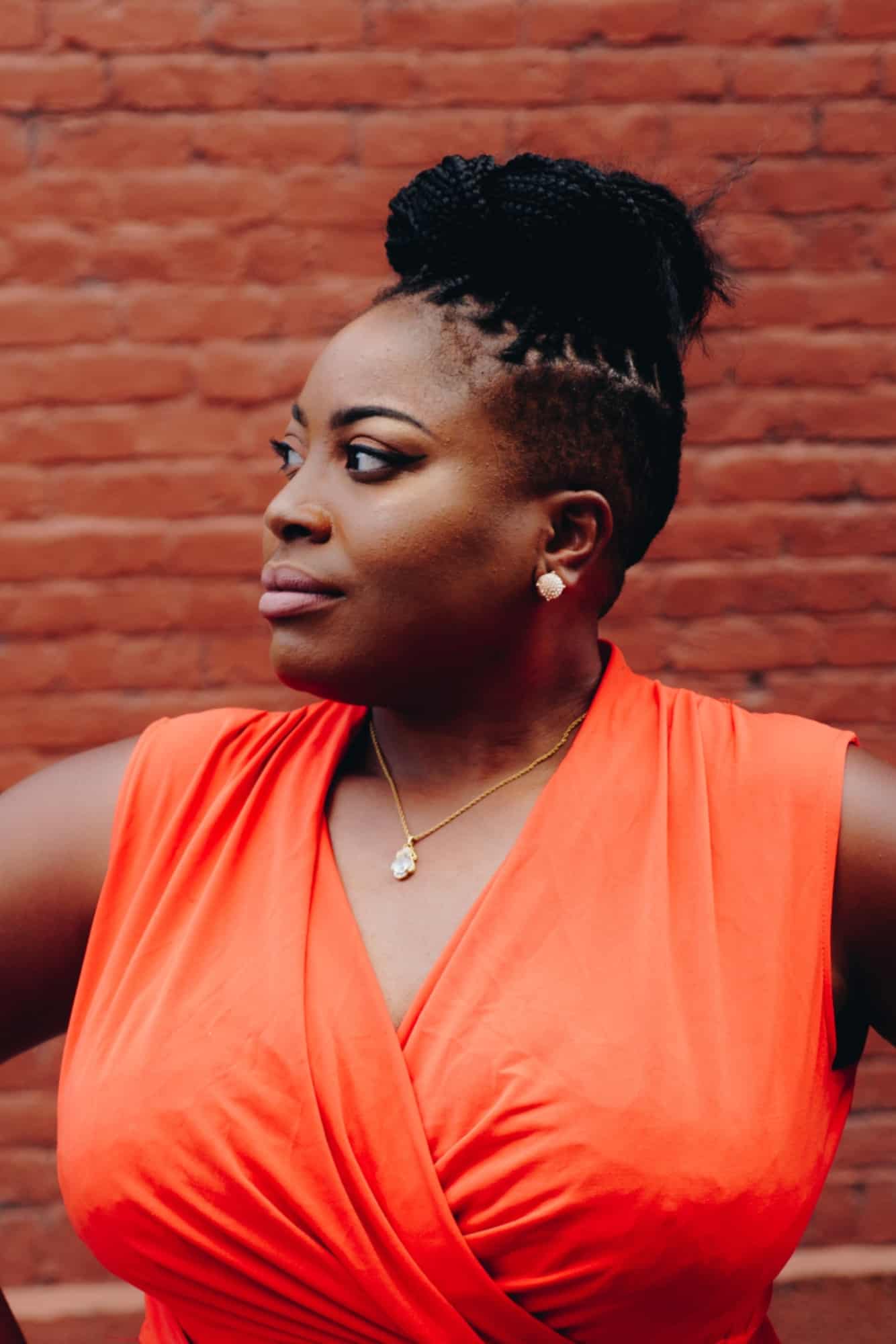The cost of living crisis hangs ominously over the end of summer. With Covid feeling like a past event, having a few wild months of fun before the world ends again seems to make sense and influencers are leading the charge. They’re documenting holidays, festivals, much-anticipated weddings and box-fresh summer wardrobes. “Passport makeup” content was driving huge engagement by the end of Q1 and the subtext to this was a consumer desire for freedom and adventure. But as autumn sets in and the reality of inflation hits, then what?
If we look at the last recession, creators are very comfortable when it comes to communicating during a crisis. They are solution-finders, satirists and quasi-friends. While mainstream media reports ever-worsening doom and often recommends things you can’t afford, influencers tell you how to feed your family on a budget, restyle your entire wardrobe and where to find the smart bargains. They’ll lighten the mood with memes, Reels and TikToks, and provide reliable digital companionship when everything feels a bit too rubbish.
This is the influencer playbook for audience engagement in the bad times and dates back to the second half of the noughties. By then, the so-called credit crunch had categorically chewed up millennial aspirations and as a result many would-be journalists and marketers became bloggers.
As Scottish lifestyle creator Sheri Scott told me during an interview for my book, you could either do a really boring job for lots of money or do a really creative job and get financially exploited. Neither of these options appealed and so the first generation of influencers was born. This form of entrepreneurialism was entirely a response to the job market, the available tools to build a digital profile and a deep desire for connection. By the time Instagram really started to boom in 2015, these recession-rejecting influencers owned the internet and the shift to creator media was apace.
You may also like
But what about the cost of living crisis? Several things will make creators’ strategies and impact slightly different. For a start, consumers’ relationship with newness and identity has changed as a result of the pandemic. Showcasing constant consumerism feels mindless in a post-Covid world where many people are still WFH and it doesn’t always drive positive interactions. Bear in mind that creators are dealing with growing awareness of sustainability and increasingly critical audiences. Driving positive sentiment is a challenge and these two issues were much less prominent during the last recession.
Instead of documenting enormous hauls, creators are trying on clothes they’ve ordered online and detailing everything that they are sending back. They are producing content about the items they consistently wear. In short, Q4 is going to be a tricky time for fashion brands whose business model requires huge volumes of sales and these retailers will benefit from engaging influencer stylists. Demonstrating versatility will be key as will showcasing that low-cost products can last – it’s cheap but not intended to be throwaway. High value brands will need to demonstrate how they fit in to a bigger lifestyle.
But perhaps the greatest difference between the cost of living crisis and the last recession is that, these days, influencers are political. Back then, many did whatever they could to avoid politics and topical issues. Now their audiences are turned off if they don’t voice opinions. With this in mind, it’s plausible that creators could very much influence the conversation around the next general election. Some shared who they voted for in 2019 (mostly Labour) but this was pre-Covid and before the reality of Brexit had started to settle.
So, how do you work with influencers during the cost of living crisis? You show them how your products are useful. Hire them to illustrate how your value ranges can be elevated – this will be especially crucial in the run up to Christmas. Facilitate conversations around the impact of the financial downturn and if you can, work with digital entertainers to provide quick-witted humour and satire. Long story short? Brands need to jump in. Politicians should watch out.
By Sara McCorquodale, CEO and founder of CORQ.
REGISTER NOW FOR CORQ’s SEMINAR ON INFLUENCERS AND THE COST OF LIVING CRISIS
Tune into CORQ’s online session detailing creator marketing strategies to utilise during the cost of living crisis in the run up to Christmas 2022. This will be led by CORQ’s CEO and founder Sara McCorquodale on June 30th at 12pm. Register here.










